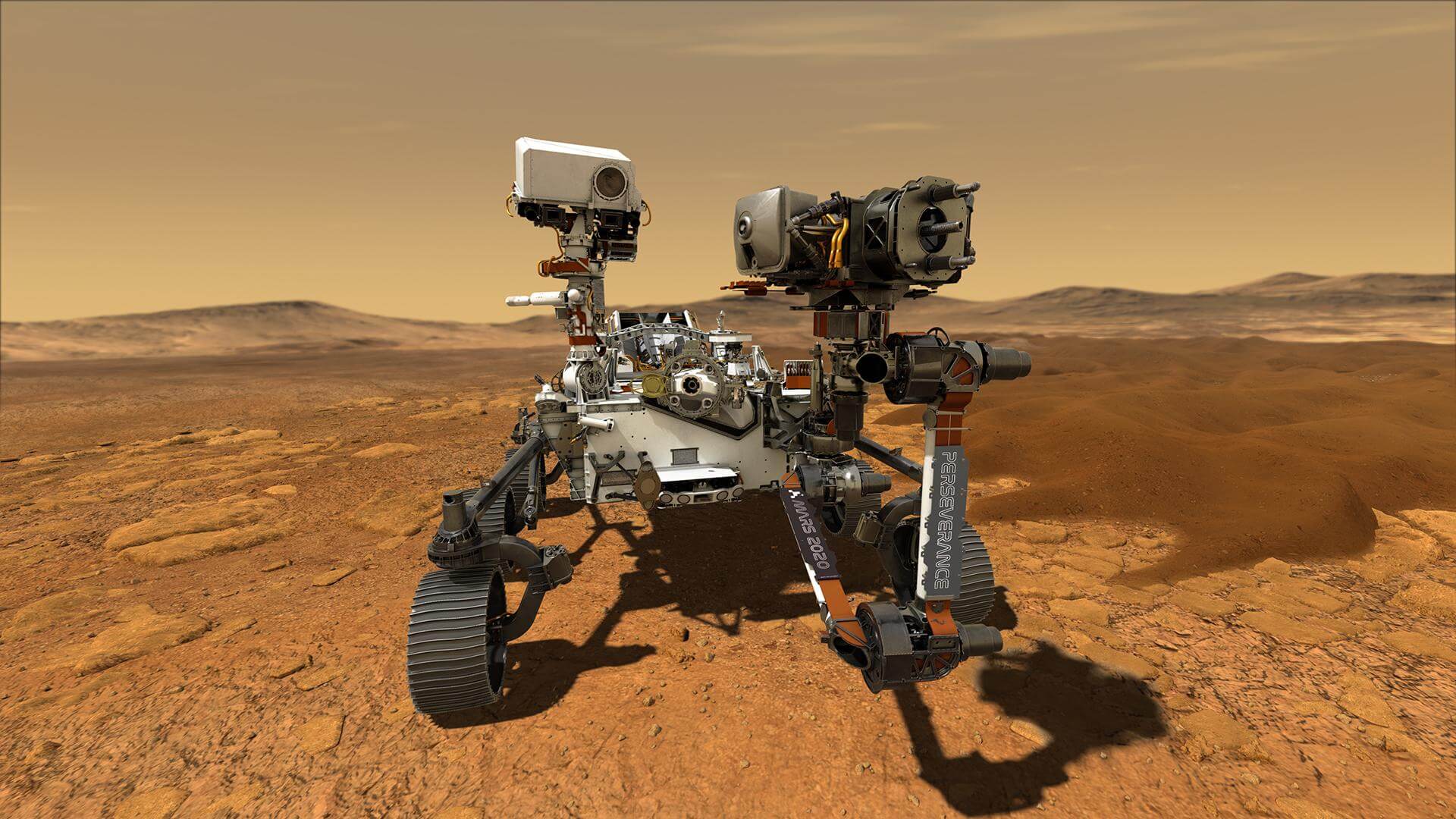PASADENA, Calif. — If Mars is home to any intelligent life, they may be getting a little dizzy right now, as a new study finds the Red Planet is spinning faster than we thought. Researchers with NASA have been able to make the most precise measurements ever of the planet’s rotation, thanks to a lander that recently lost power on the Martian surface.
For the first time, scientists have detected how the planet “wobbles” due to the “sloshing” of its molten metal core. The findings, detailed in the journal Nature, rely on data from NASA’s InSight Mars lander, which operated for four years before running out of power during its extended mission in December 2022.
Dust piling up on InSight’s solar panels eventually ended the probe’s mission, but the data recorded by its instruments is still leading to new scientific discoveries.
My power’s really low, so this may be the last image I can send. Don’t worry about me though: my time here has been both productive and serene. If I can keep talking to my mission team, I will – but I’ll be signing off here soon. Thanks for staying with me. pic.twitter.com/wkYKww15kQ
— NASA InSight (@NASAInSight) December 19, 2022
To track the planet’s spin rate, the study’s authors relied on one of InSight’s instruments: a radio transponder and antennas collectively called the Rotation and Interior Structure Experiment, or RISE. They found the planet’s rotation is accelerating by about 4 milliarcseconds per year² – corresponding to a shortening of the length of the Martian day by a fraction of a millisecond per year.
“It’s a subtle acceleration, and scientists aren’t entirely sure of the cause. But they have a few ideas, including ice accumulating on the polar caps or post-glacial rebound, where landmasses rise after being buried by ice,” NASA officials explain in a statement. “The shift in a planet’s mass can cause it to accelerate a bit like an ice skater spinning with their arms stretched out, then pulling their arms in.”
“It’s really cool to be able to get this latest measurement – and so precisely,” says InSight’s principal investigator, Bruce Banerdt, of NASA’s Jet Propulsion Laboratory, in a media release. “I’ve been involved in efforts to get a geophysical station like InSight onto Mars for a long time, and results like this make all those decades of work worth it.”
RISE is part of a long line of Mars landers that have used radio waves during their exploration of the fourth planet in our system, including the twin Viking landers in the 1970s and the Pathfinder lander in the late ’90s. However, none of those missions had InSight’s advanced radio technology and upgrades to its antennas within NASA’s Deep Space Network on Earth. Together, these modern upgrades provided data that’s five times more accurate than the Viking landers.

In the case of InSight, NASA scientists explain that they would beam a radio signal to the lander using the Deep Space Network. RISE would then reflect the signal back to astronomers. When scientists on Earth received the signal, they would look for tiny changes in frequency resulting from the Doppler shift (the effect that causes a loud siren to change pitch as it gets closer and farther away from you). Measuring that shift enables researchers to determine how fast the planet rotates.
“What we’re looking for are variations that are just a few tens of centimeters over the course of a Martian year,” adds the paper’s lead author and RISE’s principal investigator, Sebastien Le Maistre, from the Royal Observatory of Belgium. “It takes a very long time and a lot of data to accumulate before we can even see these variations.”
The new study examined data from InSight’s first 900 days on Mars – enough time to look for these variations. Scientists faced a challenge in eliminating sources of noise. For example, water slows radio signals, so moisture in the Earth’s atmosphere distorts the signal coming from Mars. Solar wind, electrons and protons flung into deep space from the Sun, can also do this.
“It’s a historic experiment,” Le Maistre says. “We have spent a lot of time and energy preparing for the experiment and anticipating these discoveries. But despite this, we were still surprised along the way – and it’s not over, since RISE still has a lot to reveal about Mars.”
South West News Service writer Dean Murray contributed to this report.
You might also be interested in:
- Mars mystery: NASA rover spots silver object wedged between rocks on Red Planet
- Can stars really live on Mars? Deep underground labs may hold the key
- Another Mars mystery: Scientists discover strange circles on the Red Planet

